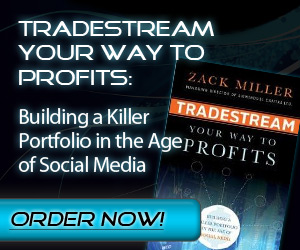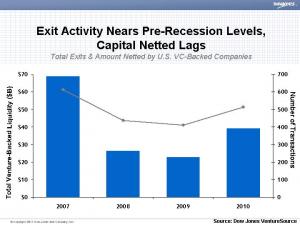Wealthfront announced the addition of 3 new investment advisors on their investment platform.
As per the firm:
 |
Towle & Co. (Value Strategy | Min. Outside Wealthfront: $500,000) Towle specializes in a long-term, deep-value investment strategy that seeks to uncover significant discrepancies between stock market prices and underlying company values. Through Towle, you can invest in well-run companies with strong market positions and low price-to-sales ratios: a way to buy operating leverage and economic activity on the cheap! |
 |
Barton Investment Management (Growth Strategy | Min. Outside Wealthfront: $1,000,000) Barton believes the market fails to appreciate and correctly value the full potential of enterprises that create new markets. Its concentrated portfolio of carefully-selected younger growth company stocks allows investors to capitalize on these market inefficiencies while supporting innovation. |
 |
CWC Advisors (Small Cap Strategy | Min. Outside Wealthfront: $1,000,000) CWC began providing investment services in 2000 to high net worth individuals, and within a few years, attracted the interest of institutional investors. Its strategy consists primarily of contrarian U.S. companies with recent price under performance, corporate liquidity and/or fundamental valuations at historically low levels. Now you can invest with CWC, too. |










 The WSJ has an interesting article on a relatively new player to the bond rating game, Kroll. If you’re asking yourself, is that the same Kroll that ran a global private security organization? Uh-huh. I think the world is ready for a little smackdown in sovereign debt ratings.
The WSJ has an interesting article on a relatively new player to the bond rating game, Kroll. If you’re asking yourself, is that the same Kroll that ran a global private security organization? Uh-huh. I think the world is ready for a little smackdown in sovereign debt ratings.

